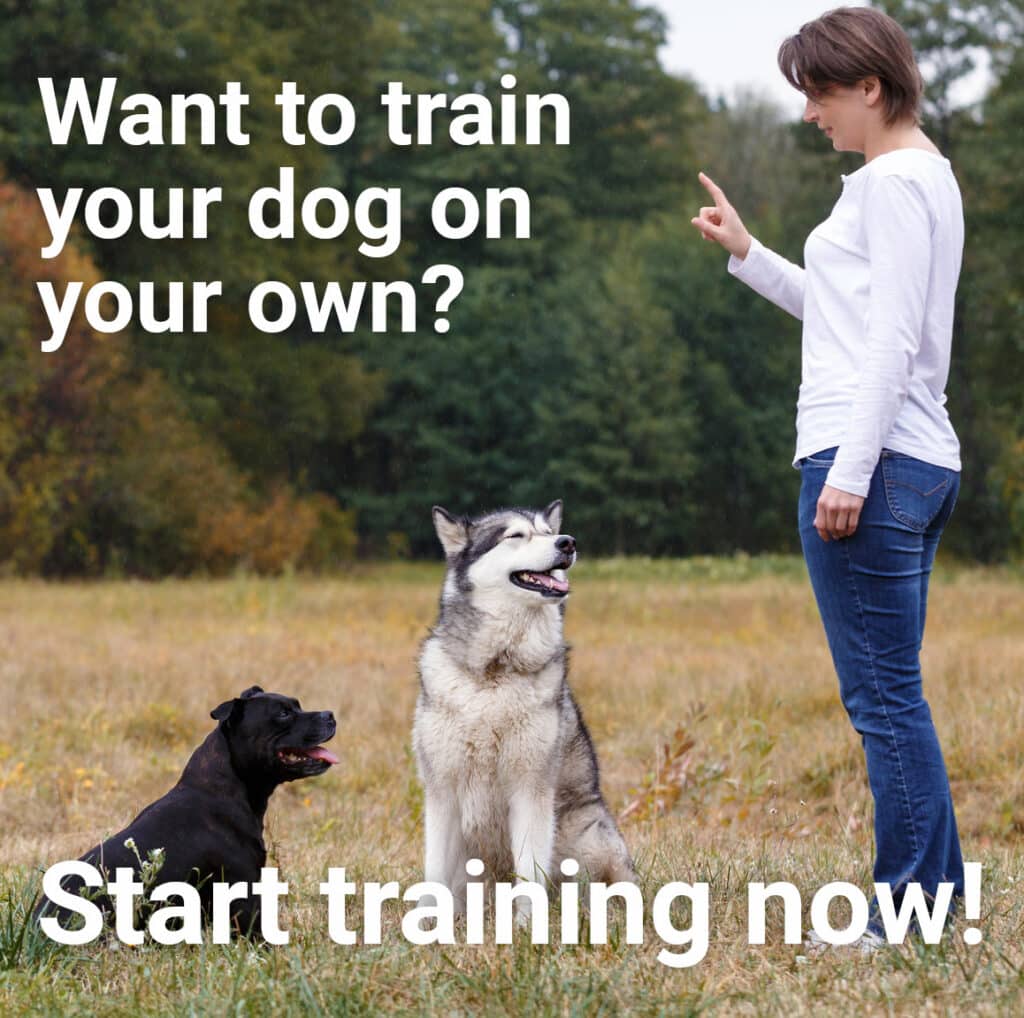Please be aware there are many dangers to your dog just waiting to be discovered by his curious mind. The simplest things from ill fitted collars to the flowers in your garden can cause major damage. Here is just the tip of the iceberg….
Houseplants – certain kinds are toxic to dogs.
- Oleander
- Castor Bean
- Dieffenbachia (dumb cane)
- Chokecherry
- Morning Glory
- English Ivy
- Jimsonweed
- Tulips
- Daffodils
- Nightshade
For a more complete list check with – http://www.cybercanine.com/toxicplants.htm
Electrical wires/sockets – puppies like to chew & lick them. ZAP!
Antifreeze – tastes sweet – kills pets. A teaspoon of antifreeze can kill.
Household cleaners, solvents, pesticides, medicines, cosmetics, art supplies…
Open windows – dogs do jump out of windows, even high ones.
Toys with button eyes, or certain ‘squeakers’ that the dog could try to swallow and choke on.
Batteries – dogs chew on them and swallow them whole.
String, yarn, pantyhose, disposable diapers, sanitary pads – all can kill.
Chocolate – toxic to dogs in proportionate quantities: consider the size of your dog and the strength of the chocolate – milk chocolate is not as serious as dark chocolate. A large dog eating a milk chocolate drop is not as serious as a small dog eating ½ lb of dark chocolate.
Onions – toxic to dogs. It inhibits blood clotting.
Rawhides – Rawhides are dangerous!!! When your dog softens a chunk of rawhide and then swallows it – the texture of the rawhide becomes like glue and can adhere itself to the wall of the intestines – causing a blockage that can require surgery to remove it. Rawhides can also have sharp edges that can cut your dogs throat or intestines. Not to mention that many rawhides are treated with toxic chemicals that are dangerous as well.
Bones – Any bones that can splinter, split or break can tear your dog up inside or cut their mouths, need to be avoided. But that does not mean all bones are bad. We feed the smaller, raw meaty chicken bones (chicken/turkey necks have no bones but good cartilage) to our dogs for their great nutritional value. You can use large beef (soup/marrow) bones, hard nylon bones, bully sticks, hard rubber or compressed raw hide bones. The best place to get great bones and dog treats online is Best Bully Sticks.
Collars – sometimes the collar that is meant to save your dog’s life (if it were to get lost) can cause him to choke himself. The oddest things do happen. We had a puppy hook herself on a radiator by the little ring on her collar – if we hadn’t been there to rescue her, she might have hung herself. This is up to your personal discretion, sometimes tattooing the lip or a microchip are actually safer, more permanent means of identifying your dog and save the collar for walks. NEVER, EVER, leave a collar on your dog in the crate. Dogs can hang themselves when the rings/tags gets caught in the grating of the crate and they panic and struggle until the worst happens. We have also had clients call us in tears – one dog’s loose fitting collar was the cause of his death. The dogs were playing and one dog got his jaw caught in the other dog’s collar, they panicked and twisted, the poor dog who died was strangled to death by his best friend as his person watched helplessly. She did try to cut the collar off but it was so tight she could do nothing. Please just be careful with collars. A properly fit collar is snug to the dog’s neck high on the neck right behind the ears – you should be able to fit your four, flat fingers (no thumb) between the collar and the neck. Always check for a proper fit every time you put the collar on as puppies grow and some collars stretch out over time. See our referral page for our favorite collar type.
Flea/tick collars or repellants – these are toxic chemicals that you are putting directly on your dog’s skin. It is absorbed into the body and yes, you can make your dog sick, either immediately or over time a toxic build up can occur. Please try to use natural means of repelling these pests. Garlic tablets and brewers yeast tablets can help a lot – and dog’s love them so much they will do tricks for them.
Hot cars – It only takes minutes for a car to get to 160 degrees on a warm day. A dog’s temperature is 102 degrees so they can suffer brain damage or even death in such conditions. Do not leave your dog in your car if it is over 60 degrees. If you must leave your dog in the car ALWAYS park in the shade and leave the windows open for fresh cool air. Do not leave your dog for longer than ten minutes.
Corn Cobs – we learned this tragic fact through the death of one of our dogs. Upon talking to vets and associates – everyone had either lost a dog to a corncob or knew someone who had. Throw your corncobs out in the protected trash in the garage and do not feed them to the squirrels in your yard where your dog can get at them. Dogs eat corncobs and swallow huge chunks, which leads to impaction or tearing, which leads to surgery or death.

